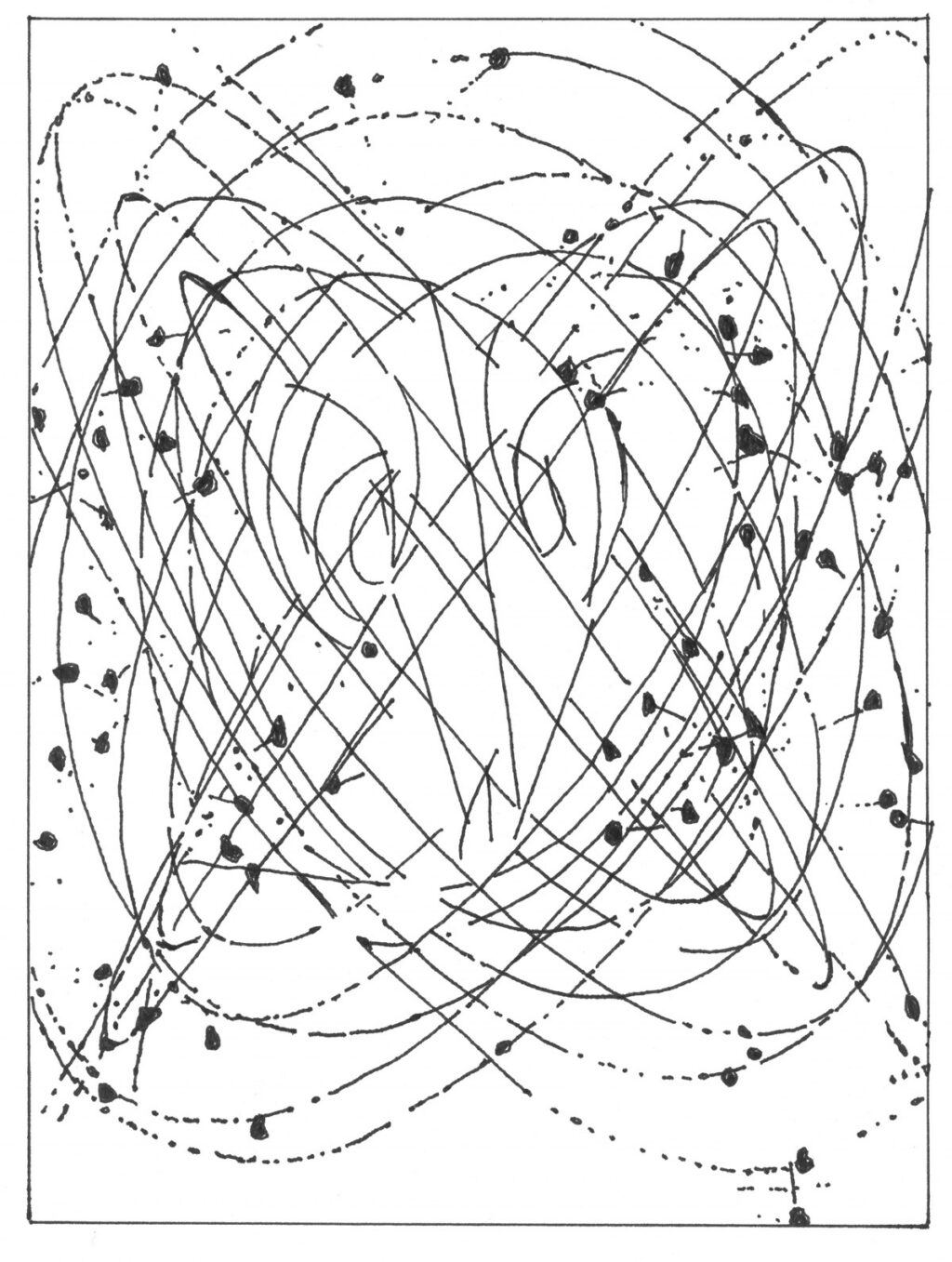Taylor thought there might be a way to test this new hypothesis, especially in light of numerous experimental studies showing the prevalence of fractals in human physiology: walking, dancing, martial artsAnd balancing movementfor example, swaying posture while standing. “Let’s think about this balancing mechanism,” he said. “You lose your balance, you sway, so big swings mix with smaller ones and smaller ones and smaller ones. It's a multi-scale thing.”
Drip, drip, drip
As luck would have it, Taylor even had a built-in laboratory environment for conducting such experiments: the public “Dripfests” he regularly organized, where both adults and children had the opportunity to create their own Pollock-style works of art by splashing thinned paint onto sheets of paper on the floor. Life changes intervened before Taylor could implement the experiment, and the concept was pushed to the wayside. But a few years ago he revived it.
The subjects of the study were 18 children aged four to six years and 34 adults aged 18 to 25 years. The age difference was critical because the two groups are at markedly different stages of biomechanical balance development. And this time, Taylor and his co-authors didn't just study the fractal dimensions of the resulting patterns; that is, they measured the self-similar scale behavior of the spray patterns. They also looked at something called “lacunarity”, examining differences in the spacing between paint clusters.
Pollock's image Number 14, 1948..
Fairbanks et al., 2025
Pollock's image Number 14, 1948..
Fairbanks et al., 2025
Image by Max Ernst Young man intrigued by the flight of a non-Euclidean fly.
Fairbanks et al., 2025
Results: Drawings painted by adults had higher paint density and wider, more varied paint paths. The children's drawings had smaller, fine-scale patterns, more spaces between paint clusters, and simpler one-dimensional trajectories that did not change direction as often. “They both have large-scale movement, but the adults have a lot of small-scale structure,” Taylor said. “Not only did children have less fine structure, their fine structure was very clumpy, whereas adults' fine structure was very uniform. So when a person moves and how they regain balance, we think it has to do with how much structure exists at these different scales and how uniform it is.”









